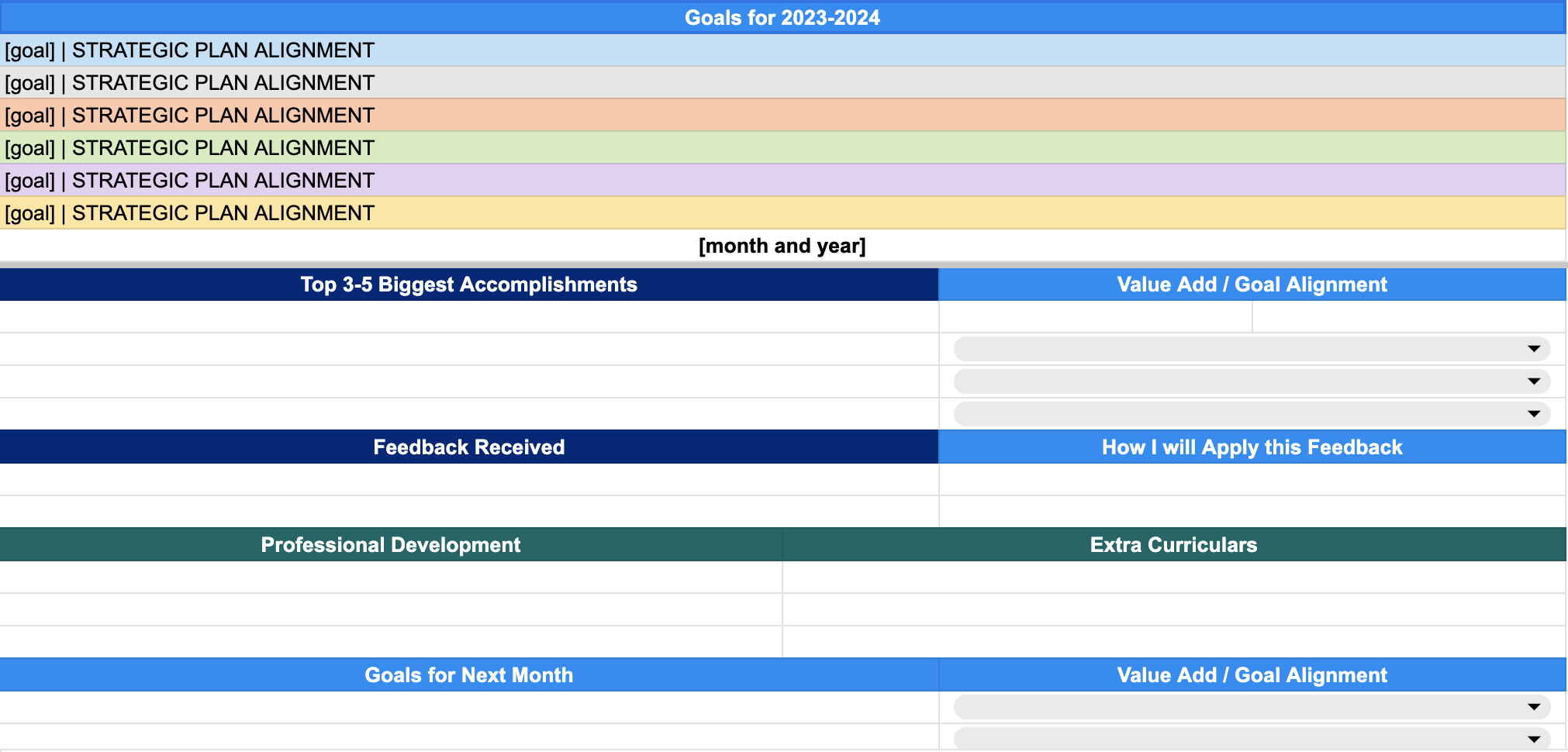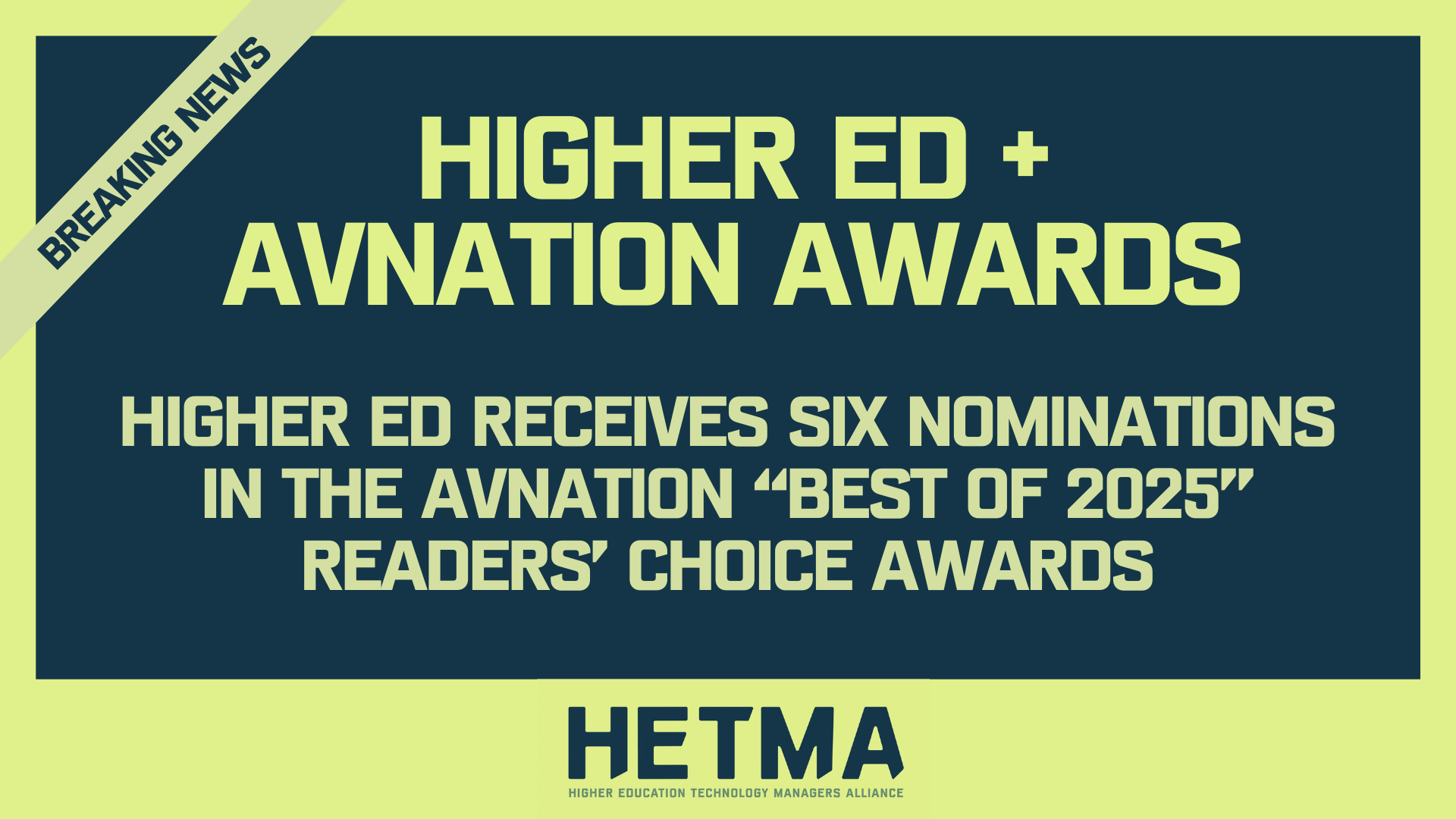By: Britt Yenser
Hope is not a strategy.
Happy New Year! If you’re visiting this column, you’re likely interested in leadership and management. And if that’s the case, I predict you’ve got some New Years Resolutions and goals for 2024. I also have a sad prediction– unless your goals are purposeful and tracked, they will fall flat at some point during the year. After all, “hope is not a strategy.” We can’t say we want to accomplish something without knowing why, how, or keeping track of our progress. Let’s visit goal setting and tracking, so you can see your 2024 goals through!
Goal Setting
There is a lot of information available about setting goals. My personal go-to is writing SMART goals. After you’ve identified what you’d like to accomplish, write it out following the SMART formula:
- Specific: What exactly needs to be accomplished?
- Measurable: What are the benchmarks? How will you know you’re working toward this goal?
- Attainable: Why do you believe this goal can be accomplished?
- Relevant: Is this goal within your scope of work?
- Time-bound: What is the timeline for this goal?
Here is an example of a SMART goal:
-
Specific: Over the next six months, our AV integration team will design and implement an innovative lecture capture system for the university, incorporating high-definition cameras, advanced audio equipment, and user-friendly interfaces in 20 lecture halls across the campus.
-
Measurable: Success will be measured through the increased utilization of the lecture capture system, aiming for a 30% rise in the number of recorded lectures compared to the previous academic year. Additionally, we aim to achieve a minimum of 90% positive feedback from faculty and students regarding the system’s functionality and reliability.
-
Achievable: This goal is attainable given our team’s expertise in AV integration and our successful track record with similar projects in educational settings. We will collaborate closely with university stakeholders to ensure the system aligns with their specific needs and expectations.
-
Relevant: The goal is relevant to our company’s commitment to enhancing educational environments through cutting-edge AV solutions. Implementing an advanced lecture capture system aligns with the university’s mission to provide an enriched learning experience for both students and faculty.
-
Time-bound: The project will begin on the first day of the upcoming month and is scheduled for completion within six months. Regular progress updates and feedback sessions will be conducted monthly to address any issues promptly and ensure the project remains on schedule.
Knowing the why and how of your goal is key to seeing it through, and keeping it SMART helps you unpack the why and how.
Goal Tracking
Then, of course, there is tracking your goals. If you’re a frequent visitor to this column, you know I’m a big fan of documentation. While individual projects can have tracking tools like gantt charts or their own tracking softwares, I also like to see all of my goals in one place. To that end, I use a spreadsheet to track the following goal information monthly–
-
My goals for the year, and how they align with my University’s Strategic Plan.
-
My top 3-5 biggest accomplishments for the month and their value add/goal alignment (set as a color coded dropdown option).
-
This allows me to see, specifically, how I worked toward my goals that month.
-
-
Feedback received and how I will apply this feedback.
-
This makes me think about and document how others have reacted to my work, and if I should continue on my current course or pivot. This can also act as a “Yay, me!” section to keep track of positive feedback.
-
-
Professional Development completed and how it relates to my larger goals.
-
This reminds me how I continued to learn and grow that month, and how that growth propelled me toward that month’s accomplishments.
-
-
“Extra Curricular’s” — work completed that is adjacent to my day-job (this may or may not align with larger goals, but it’s always good to keep track of!)
-
Frankly, this just reminds me of all the things I’m doing. It’s important to take stock of what I’m doing outside of my institution, and how it is benefiting me as a professional.
-
-
Goals for the next month and their value add/goal alignment (set as a color coded dropdown option).
-
This allows me to both think ahead, and look back to see what I want to accomplish vs. what is actually being completed.
-

Monthly goal tracking has several benefits:
-
It shows me how I’m actively working toward yearly goals.
-
It shows me if I’ve gone “off the rails” and helps me to reevaluate my workflow.
-
It makes yearly reviews much easier! I don’t need to guess if or when something was done…I literally copy and paste from this spreadsheet into my review.
You’ve got goals! You’ve got a vision! Don’t let that fall flat! Write out what you want to achieve as a SMART goal, and start tracking how you’re working toward its completion. As you continue to document, you’ll be amazed by how much you’re growing and achieving each month. Or, you might find that other tasks took priority over the larger goals, and you’ll be able to assess why! As you move into 2024, get ready to know your why, your how, and to document all that you’re achieving. Good luck with those goals and resolutions; I know you have the power to crush ’em!











